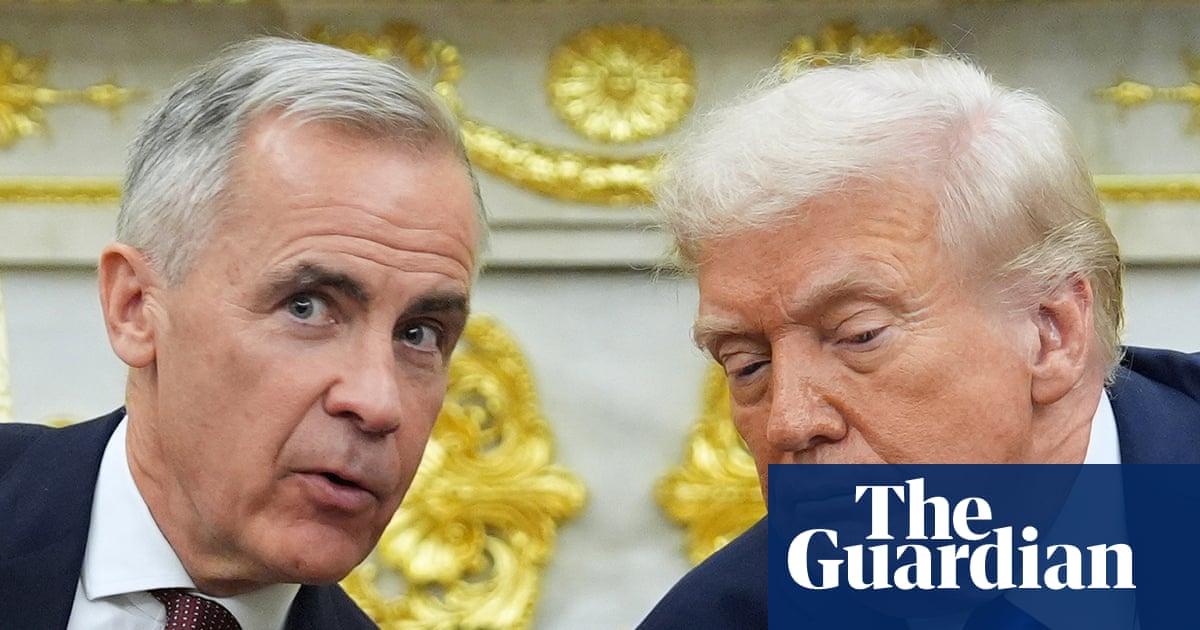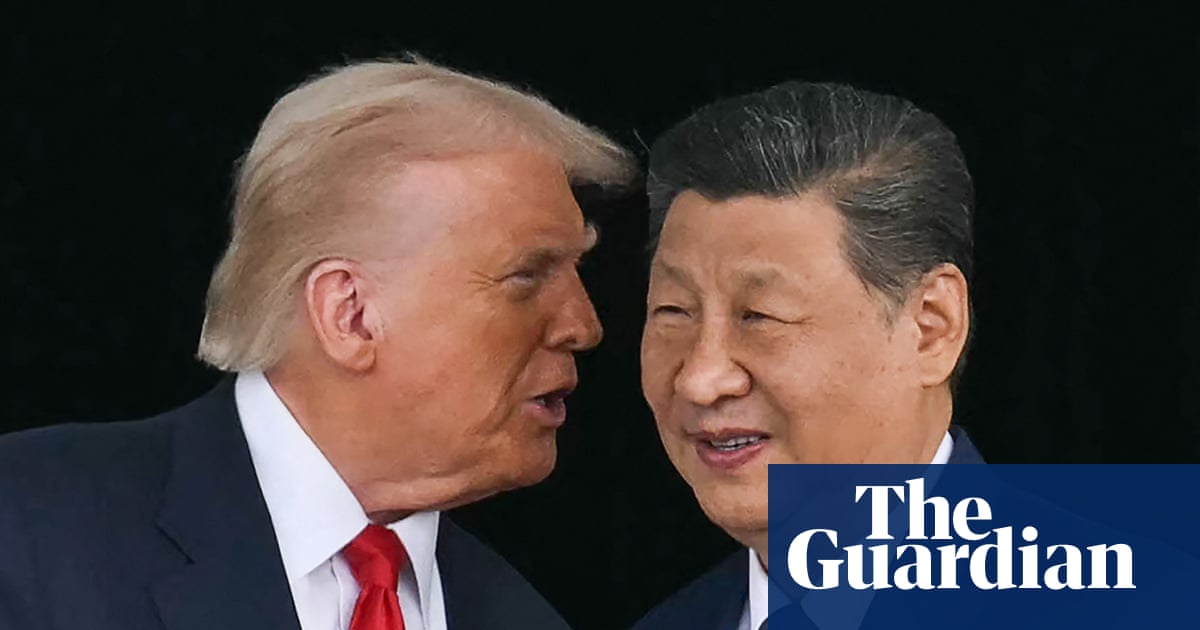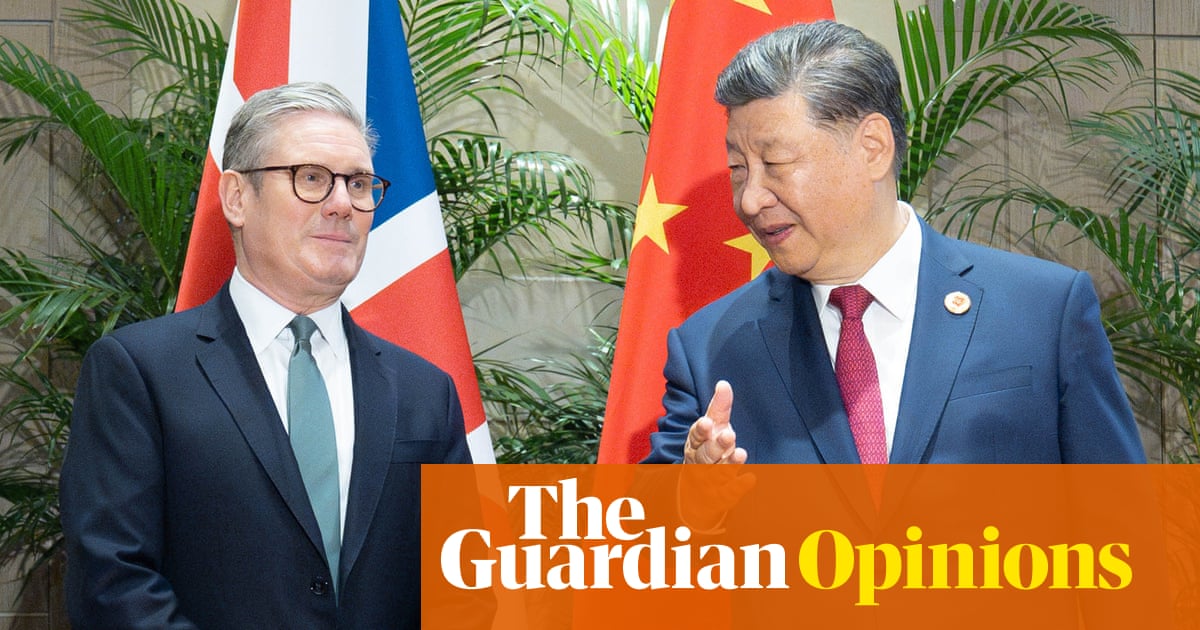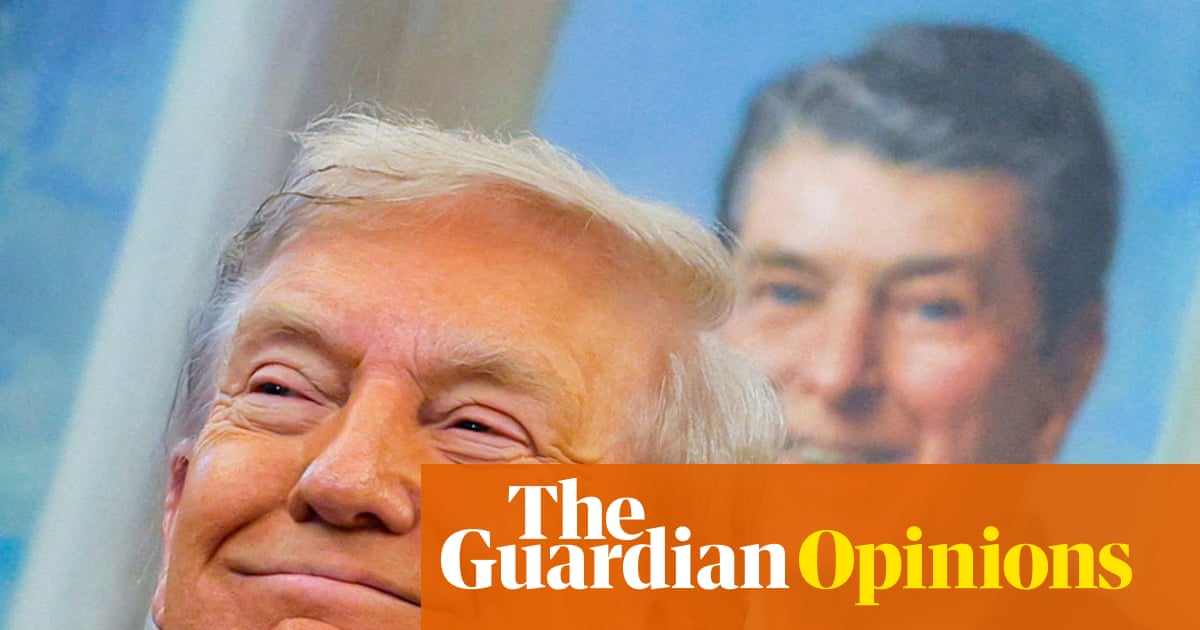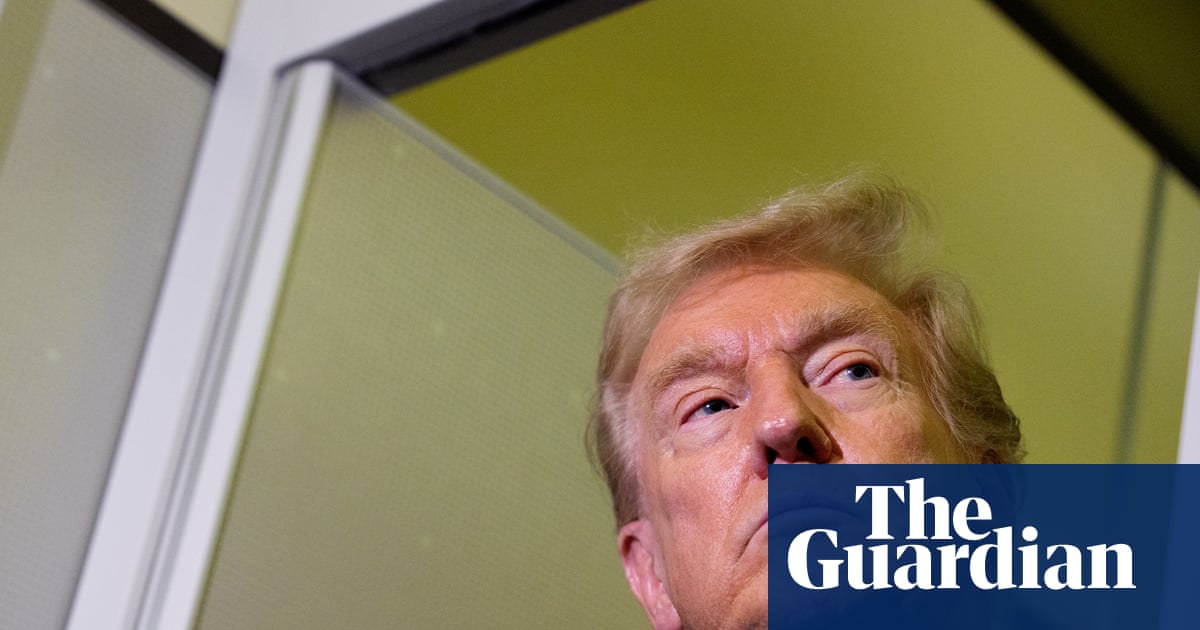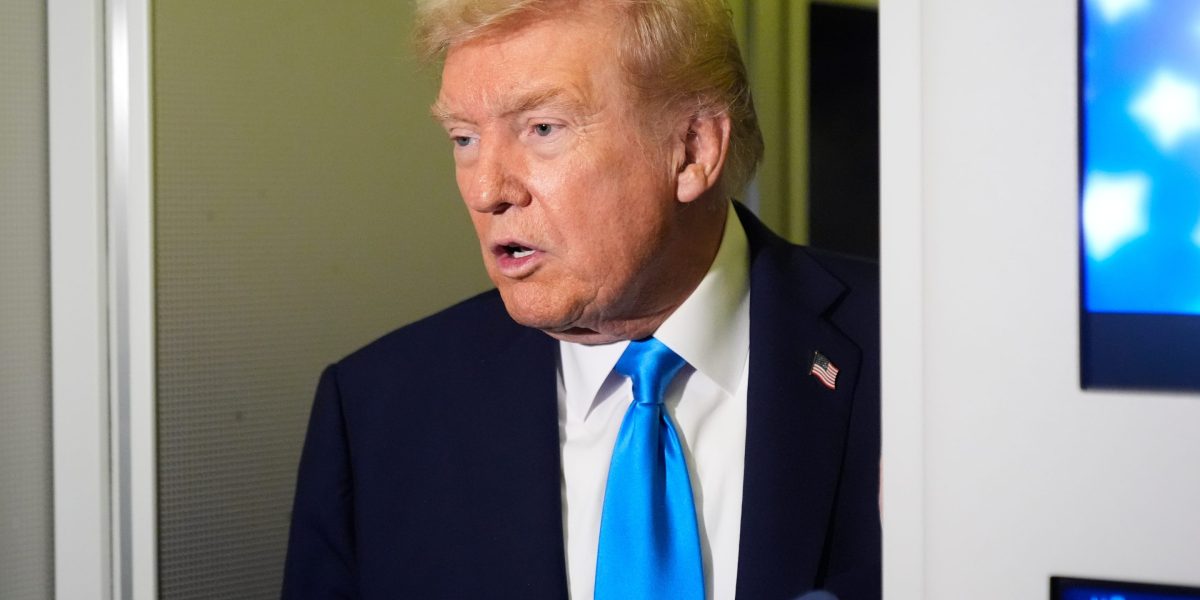US politics
fromBusiness Insider
1 hour agoThere's one thing about tariffs that might seriously affect consumers, a chief investment officer at BNY says
Elimination of the $800 de minimis exemption will make import duties visible to consumers, raising online prices and disproportionately hurting small foreign sellers.


